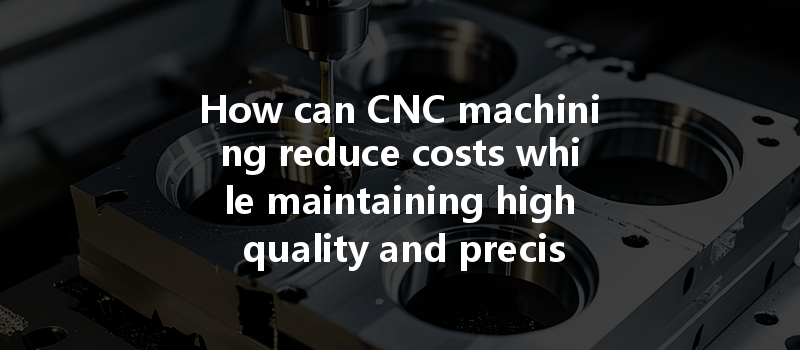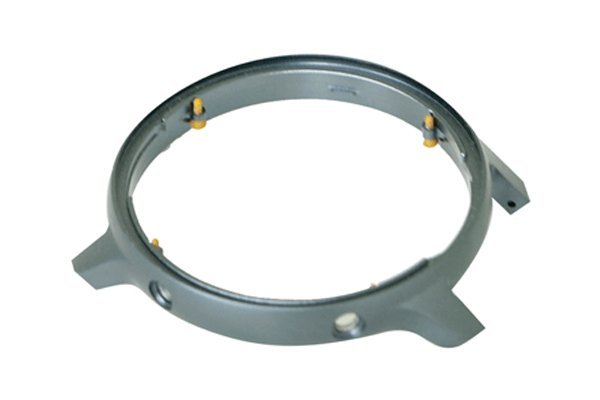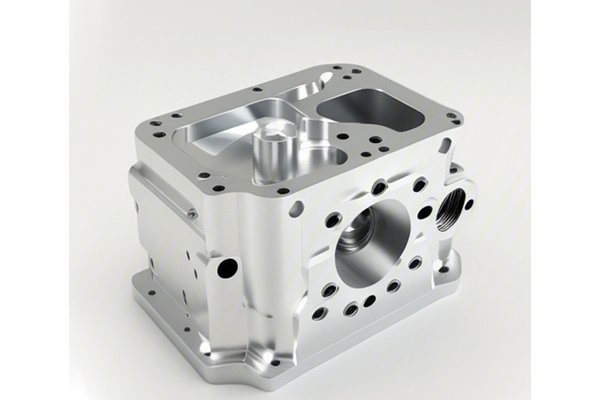Opening
Did you know that CNC machining can reduce production costs by up to 30% when optimized effectively? In an age where competition is fierce and margins are thin, manufacturers are continually on the lookout for ways to cut costs without sacrificing quality. CNC (Computer Numerical Control) machining presents an opportunity to achieve just that—an innovative manufacturing process that promises to improve efficiencies and streamline operations. But how exactly can it accomplish this while ensuring high quality and precision?
Understanding CNC Machining
CNC machining is a manufacturing process that involves the use of computer-controlled machines to automate and execute cuts, shapes, and features on a workpiece. With applications in various industries—ranging from aerospace to medical devices—this technology has revolutionized how products are designed and fabricated.
The ability to program machines eliminates many of the human errors prevalent in manual machining processes. Programs can specify tolerances, speeds, and other variables with remarkable precision. This high degree of control not only enhances product quality but also offers avenues for cutting costs.
The Cost Benefits of CNC Machining
Traditionally, the machining process required skilled laborers to perform manual tasks. With CNC machines, operators can oversee multiple machines with minimal hands-on involvement, thus significantly reducing labor costs. This also means that companies can save on training costs since fewer specialized workers are needed.
CNC machines operate faster than manual machines. They can run 24/7, ceaselessly creating components without fatigue, leading to higher output rates. More products can be manufactured in a shorter time, which translates to lower costs per unit. This increased efficiency is paramount, especially for those looking to fulfill large orders.
Many CNC machines use sophisticated software that aids in optimizing how materials are utilized. This can significantly reduce waste. For example, with advanced nesting software, manufacturers can arrange the required cuts in a way that maximizes each sheet of material, minimizing leftover scraps.
High precision is a hallmark of CNC machining. Many machines come equipped with real-time monitoring systems that can detect deviations from a pre-set standard during production. This ensures that defects are identified immediately rather than after batches have been completed, reducing the costs associated with rework and scrap.
Strategies to Reduce Costs while Ensuring Quality
Design plays a crucial role in the machining process. By using computer-aided design (CAD) software, manufacturers can develop products that are more conducive to CNC machining. Simplifying designs to minimize intricate features can drastically reduce machining time and increase component stability, thereby lowering costs.
Selecting materials wisely can also affect costs. Some materials are more expensive to machine due to their hardness or other properties. However, choosing the right material based on the application can save both time and expenses. For example, while titanium is strong, it may require more resources to machine compared to aluminum, which is both lightweight and easier to work with.

Investing in multi-tasking CNC machines that can perform various functions—such as milling, turning, and drilling—can significantly reduce the number of operations required to complete a part. This minimizes setups and transitions between different machines, thereby saving time and costs.
A well-maintained CNC machine can operate more efficiently and reliably. Therefore, implementing a scheduled preventive maintenance program can avert costly downtimes caused by equipment failures. Regular checks and timely updates can extend the lifespan of machines, further reducing costs in the long run.
Emerging technologies such as artificial intelligence and IoT can optimize CNC machining. By analyzing vast amounts of data collected during the machining processes, manufacturers can identify areas for improvement, resulting in reduced costs and enhanced quality.
The Role of Supply Chain Management
CNC machining costs are not just linked to the manufacturing process itself but also to the broader supply chain. Effective risk management can prevent delays and unforeseen expenses. By fostering strong relationships with suppliers, manufacturers can ensure consistent material quality and price stability.
Furthermore, staging deliveries based on project timelines can optimize inventory costs. By scheduling material delivery when needed—rather than ordering in bulk—manufacturers can reduce inventory-related expenses.
Case Studies
Case Study 1: Aerospace Industry
A leading aerospace parts manufacturer faced fluctuating costs and extended production cycles due to reliance on traditional machining methods. By transitioning to CNC machining and introducing smart monitoring software, they increased their production speed by 40% while achieving a 25% reduction in costs. This shift not only improved product quality but also allowed them to fulfill contracts on time, a critical factor in the competitive aerospace market.
Case Study 2: Automotive Components
An automotive manufacturer specializing in custom parts implemented CNC technology to enhance its production capabilities. They started utilizing multi-tasking CNC machines, which led to a significant reduction in the time taken for each part’s completion. As a result, they reported a 20% reduction in labor costs, while the consistent high quality of the parts improved customer satisfaction ratings.
In an era where efficiency and cost-effectiveness are paramount, CNC machining emerges as a powerful ally in streamlining production while ensuring rigorous quality standards. By leveraging design optimization, careful material selection, advanced machinery, and effective supply chain management, manufacturers can achieve substantial cost reductions without compromising on quality and precision.
Understanding and implementing these strategies can lead to competitive advantages in today’s manufacturing landscape. CNC machining is not just about cutting materials; it’s about intelligently navigating the complexities of production to create a financially and operationally sustainable business model. As this technology continues to evolve, manufacturers should remain proactive in embracing innovative methods to optimize their machining processes, ensuring they stay ahead in a rapidly changing market.
Ultimately, the importance of this blog lies in its synthesis of cutting-edge technologies and sensible strategies aimed at enhancing production capabilities. For manufacturers aiming for success, reflecting on these aspects could catalyze improvements that drive business growth and establish long-term profitability.






